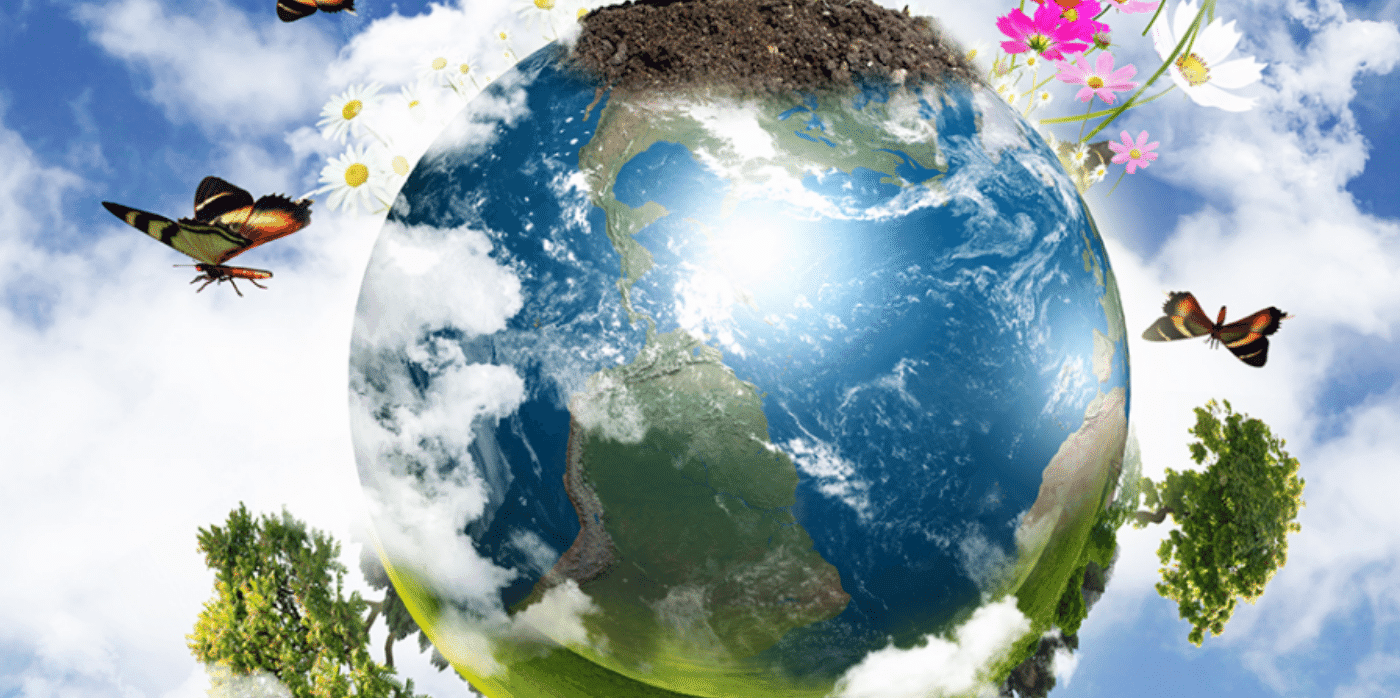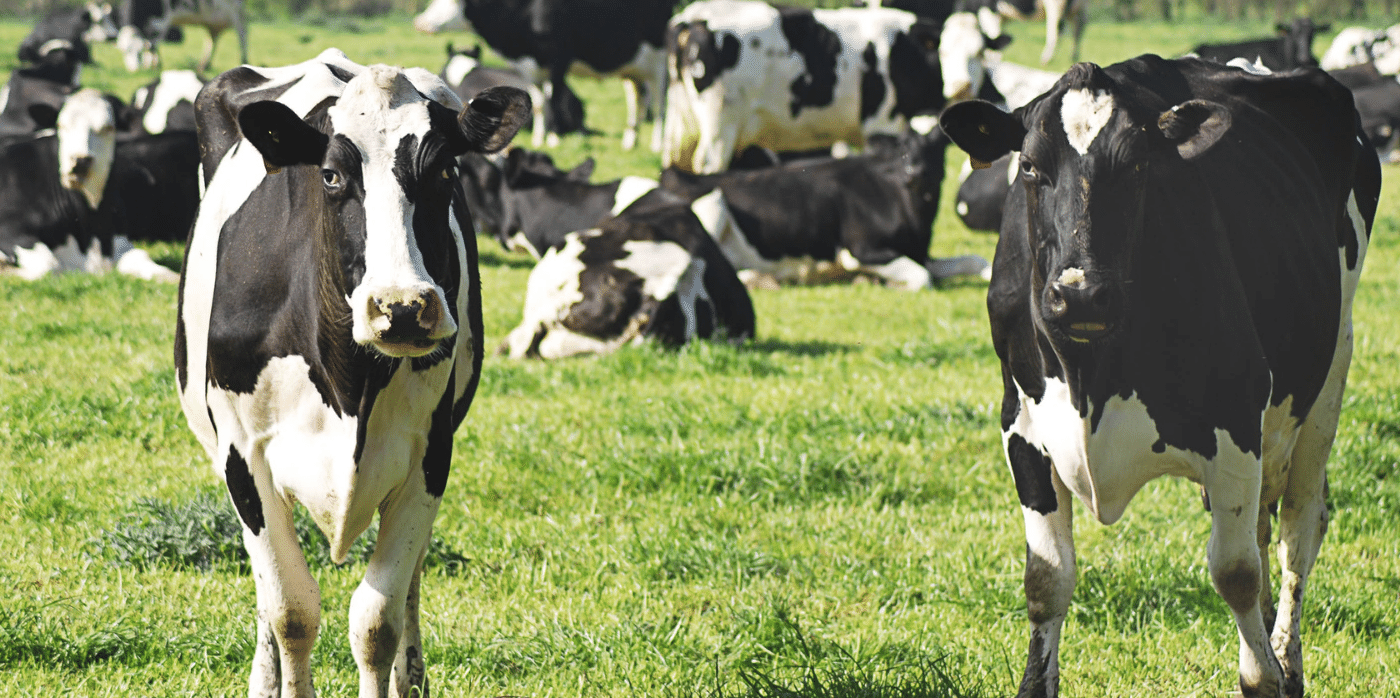An app to identify animal and plant species through a phone camera
Spotted: As smartphones have become increasingly ubiquitous, there has been a corresponding increase in the amount of time that people spend looking at screens. This has led to concerns about the effect that phones are having on our ability to connect with the world around us. While efforts to get people to put down their phones and engage with nature have often been unsuccessful, one new app is hoping to change that.
EarthSnap is a new app that allows people to identify plant and animal species via their mobile phone’s camera. The app also provides information about the local area and its wildlife, helping to educate users about the natural world. The information will be open-source and shared with citizens and the scientific community. By making this tool available to as many people as possible, Eric Ralls, Founder and CEO of EarthSnap said he aims to “bring people back to nature, to help them realize that humanity is a part of nature, not ‘apart’ from nature.”
EarthSnap also features a social community: Earthchat. The e-social community connects users with other ecologically conscious individuals and organisations from all over the world via forums and feeds. The hope is that this will help promote and spread eco-friendly causes. EarthSnap is fully launched and can be found on the AppleStore and Google Playstore. The platform currently holds information on 2 million plant and animal species, and will use uploaded photos to grow EarthSnap’s database.
There are around 8.7 million species on Earth. With land use, pollution, and climate change driving a loss of biodiversity and an increasing number of species at risk, it is essential that we find ways to identify and protect them. Springwise has spotted several other recent innovations that aim to preserve and promote biodiversity. These include a method for conducting environmental surveys using DNA, biotech that matches trees to the eco-system, and a catfood brand helping to restore the world’s coral reefs.
Written By: Katrina Lane
7th September 2022
Website: earth.com/earthsnap
Contact: earth.com/contact


